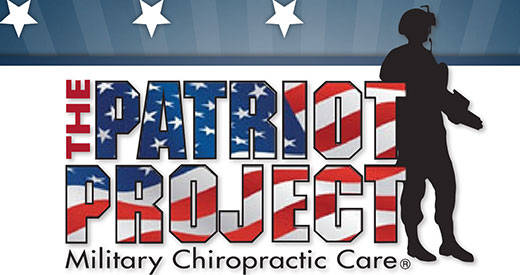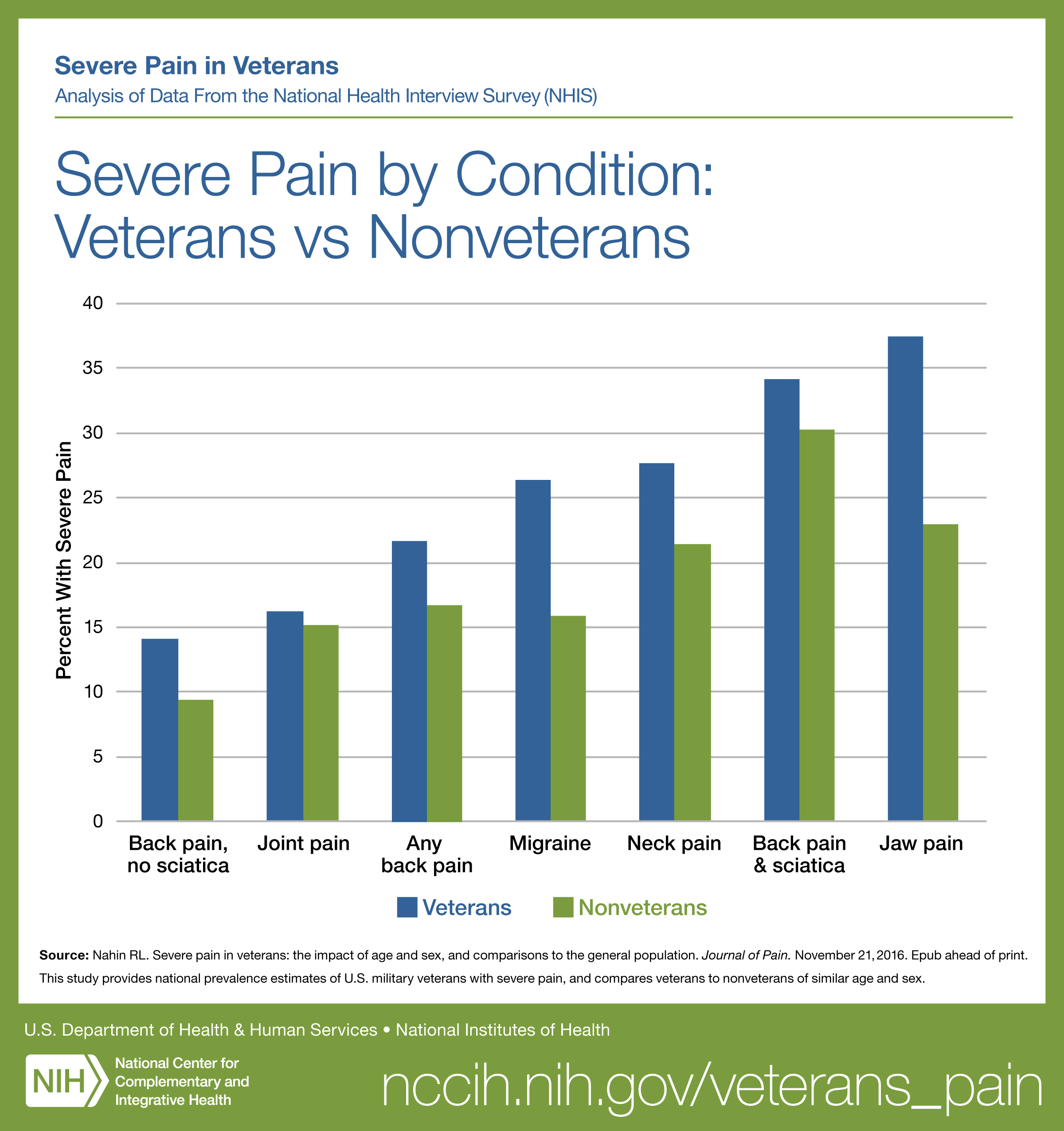Chiropractic Care Works for Troops with Lower Back Pain
Chiropractic Care Works for Troops with Lower Back Pain, But Not Everyone Can Access It
SOURCE: Military.com ~ 16 Sep 2019
By Patricia Kime
Military.com
A decade after being asked to study how chiropractic care may increase fitness among troops with lower back pain, the Defense Department has submitted its report to Congress.
The answer? It works.
But service members still shouldn’t expect the treatment to be available at every military health facility.
And as for military family members, retirees and their families, the benefit, along with other alternative therapies, remains uncovered by Tricare.
Earlier this month, Acting Assistant Secretary of Defense for Manpower and Reserve Affairs James Stewart sent a final report to Congress (PDF) on three clinical trials conducted in the last 10 years at military health facilities by Rand Corp., Palmer College of Chiropractic and the Samueli Institute to determine whether chiropractic care can ease lower back pain in troops, help service members stop smoking and increase readiness.
Related: Does Tricare Cover Chiropractic Care?
The $7.5 million study was ordered under the fiscal 2010 National Defense Authorization Act, signed into law on Oct. 28, 2009. According to the report released Sept. 6, the trials showed some positive results.
The first clinical trial, to determine whether chiropractic care reduced pain and helped troops stop smoking, showed statistically significant improvement for service members with back pain who received chiropractic care alongside regular medical care.
The second trial, to test whether chiropractic care had any effect on the reaction and response times of special operations troops, showed that a single session had an immediate effect on motor response.
But the trials also found that chiropractic care had no real influence on smoking cessation, nor did the acceleration of response time among special operators last after the initial effect.
There are more articles like this @ our:




